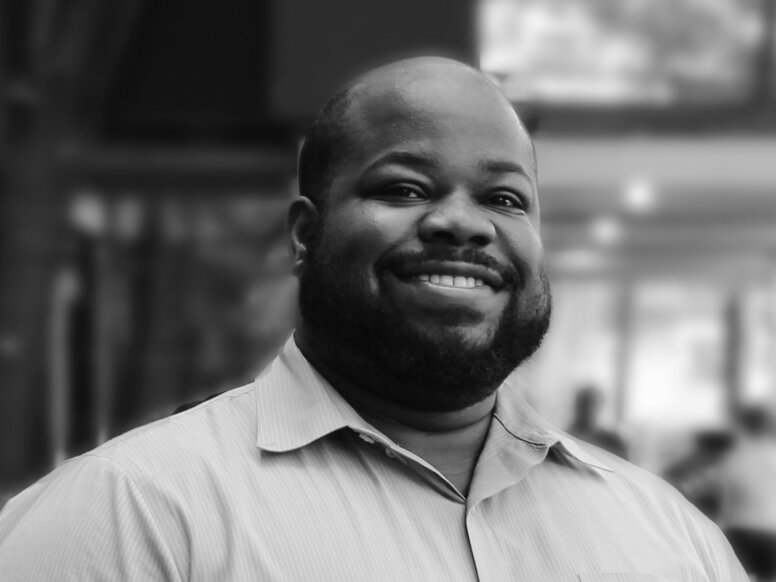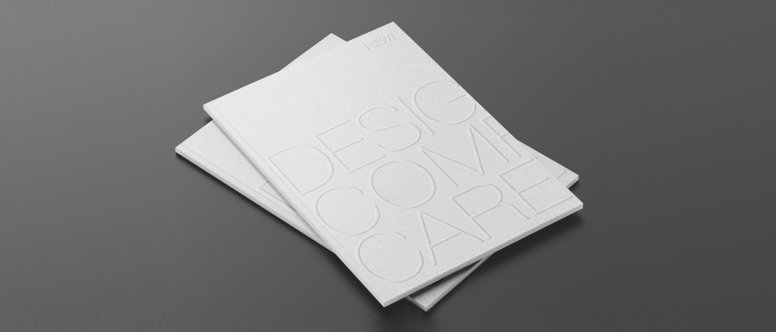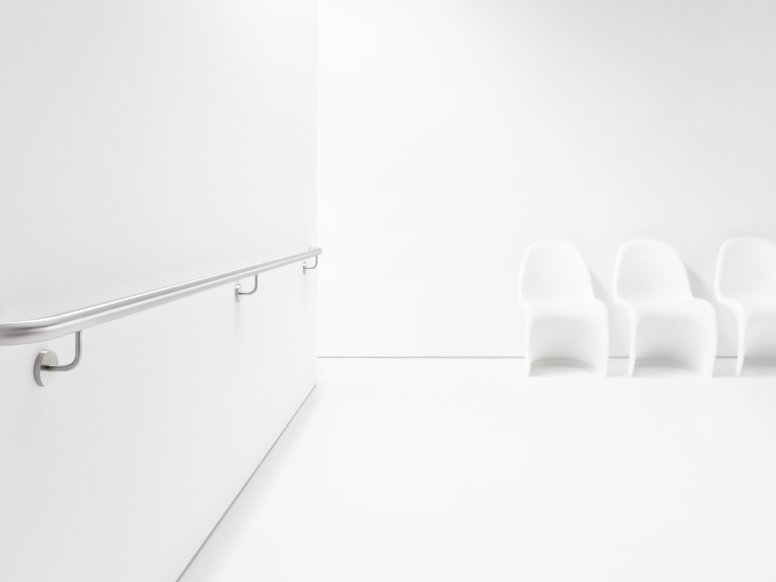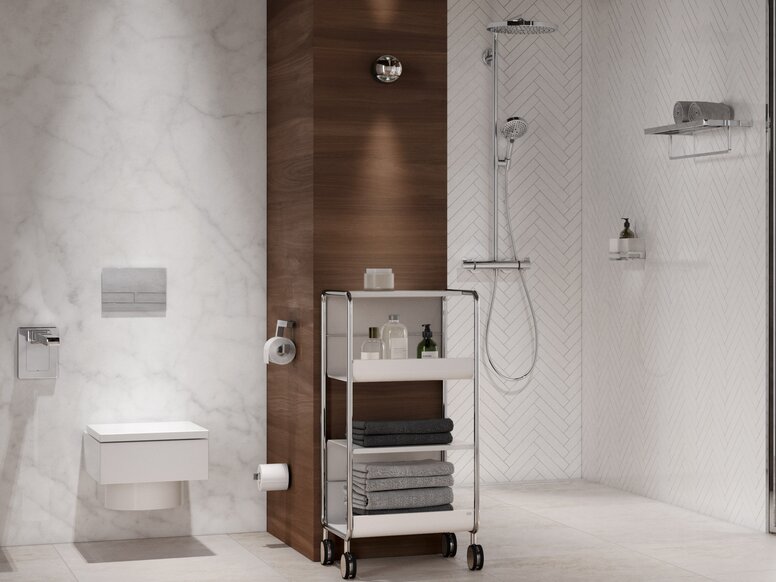HEWI / Knowledge
Accessible hotel experience
An often overlooked (and impactful) aspect of hotel room design is the bathroom. True, it isn’t a space in which guests spend most of their time, but good design makes a difference throughout the hotel experience. In preparation for an anticipated increase in a traveling public that is older, healthier, and wealthier, this is a particularly good time to amp up the hotel experience, since competition is likely going to be heightened. There is no question that travelers – for business or pleasure – will be looking for the best possible experience.


You will want each guest to be pleasantly surprised when they first open the door to their guest room. Aspects such as color, fabrics, lighting, bedding, furniture, and layout pop out quickly and all make an immediate impression. Less sexy, but just as important, is the bathroom where good design choices can be an even more critical component of the overall guest experience. To be sure, any poorly designed space can result in a negative impression and a less-than-stellar review. One of the biggest complaints we hear from hotel operators is that discerning guests do not like to be placed in an accessible guest room. They often see the rooms as a downgrade.
The main reason guests feel this way is the poor design of the accessible guest room bathrooms and the products and fixtures specified. So, yes, it is the hotel’s responsibility to provide compliant rooms. But, a badly designed “ADA bathroom” in a guest room designed to incorporate legally required mobility features for guests with disabilities is almost certain to result in a negative guest experience when no thought is put into providing attractive non-institutional accessible design features.
When designed correctly, accessible barrier-free bathrooms provide the support that guests with disabilities require to perform everyday tasks. At the same time, with thought, planning and creativity, these rooms can be viewed as an upgrade, carrying through the hotel’s highest standards. Instead, we often find that accessible and barrier-free bathrooms are designed to the bare minimum requirements and include unattractive amenities not found in standard guest room bathrooms. But the legal requirements can be (and should be) viewed as an opportunity to provide an even higher standard of design and comfort in guest rooms. With the right product, ADA-compliant layouts and accessories do not have to be a distraction and can be convenient and appear attractive, cohesive, and upscale, thereby elevating the guest experience. For example, the existence of standard grab bars at bathing fixtures is often perceived as institutional and haphazard relative to the overall room design. Tailoring the style, shape, and color of the grab bar to the style of the room creates a coordinated design, as opposed to just an “add-on” standard institutional model. Grab bars come in a variety of colors and finishes and can coordinate with any fixture.
This goes for other bathroom fixtures and accessories as well. There are many other improvements (some of which are relatively low-cost) that can be made to enhance the guest experience of accessible and barrier-free bathrooms. The options for attractive wall-hung sinks, countertop and cabinetry selections abound. There are also many options for tub and shower seats, hand showers, hardware, and other accessories that, when specified and installed properly actually create value and elevate the functionality, appearance, and comfort of the room.
One of the important things to remember when designing accessible guest room bathrooms is that the room will likely not be used by a person with a disability most of the time. Well-designed accessible guest rooms can be assigned to guests with and without disabilities without the guests feeling that they have received a lessor quality accommodation. In fact, well thought out accessible guest rooms can improve the bottom line of a hotelier. The extra space and convenience of accessible features can be promoted as a perk! Therefore, it is important for designers to not lose sight of the fact that accessible bathrooms must accommodate all types of hotel guests, including, and not limited to guests with disabilities. In fact, what better time, as the ADA marks its 31st year, to acknowledge the intent of the law – to prohibit discrimination against individuals with disabilities; but to celebrate the spirit of the law – to ensure that people with disabilities have the same rights and opportunities as everyone else. There is really no reason to design accessible bathrooms that feel uncomfortable and unwelcoming. With a little ingenuity, creativity, and an eye for the right products, the design of accessible hotel bathrooms can be greatly improved resulting in increased guest satisfaction and stays – for all guests.
“Well-designed hotel bathrooms create an overall memorable guest experience. The experience is further enhanced when the incorporation of accessible design is seamless.”
— MARK S. JACKSON
MARK S. JACKSON
Mark S. Jackson, CASp, is an Accessibility Consulting Director at Steven Winter Associates, Inc. (SWA), where he oversees the commercial building project portfolio for the Accessibility Consulting Team. Services overseen by Jackson include, but are not limited to, plan reviews and field inspections, due diligence and barrier removal surveys, remediation development, design assistance, litigation consulting, technical assistance, and training. Jackson routinely provides expert witness and litigation consulting services and works on new construction, alteration, and existing facility retrofits throughout all stages of project development, design, construction, and fit out. His experience spans the spectrum of commercial project types including schools, healthcare, hotels, restaurants, retail, theaters, offices, and much more.
Jackson is an International Code Council (ICC)-Certified Accessibility Inspector/ Plans Examiner and California Certified Access Specialist (CASp) with specialized expertise in the accessible design and construction requirements of federal, state and local laws, and building codes, including the Americans with Disabilities Act (ADA).
DAVID A. MIKE
David A. Mike is an Accessibility Consultant at Steven Winter Associates, Inc. (SWA), where his primary responsibilities include conducting plan reviews and field inspections to assess compliance with the accessible design and construction requirements of federal, state, and local laws, and building codes, including the Americans with Disabilities Act (ADA). Services performed by David include, but are not limited to, plan reviews and field inspections, due diligence and barrier removal surveys, remediation development, design assistance, litigation consulting, technical assistance, and training. David works on new construction, alteration, and existing facility retrofits throughout all stages of project development, design, construction, and fit out. His experience spans the spectrum of commercial project types including schools, healthcare, hotels, restaurants, retail, theaters, offices, and much more.
David is an International Code Council (ICC)-Certified Accessibility Inspector/Plans Examiner with specialized expertise in providing innovative design solutions for accessibility retrofits.
Download now for free
Get new perspectives on universal design, be inspired by architectural solutions, and discover how creatively accessibility can be designed!
Download your personal issue as a PDF for free.



